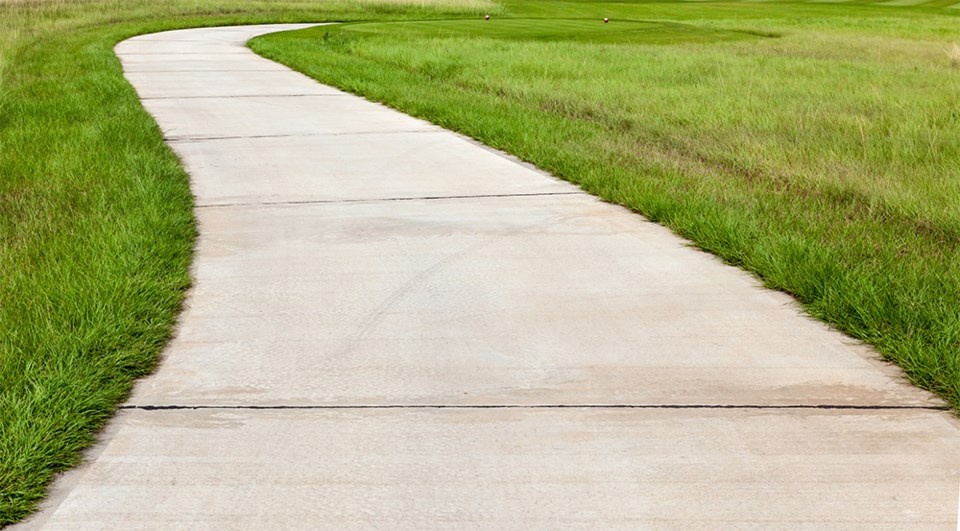A new study lists 463 streets in the city missing at least one segment of sidewalk. Of those, 235 do not have sidewalks on at least one side of the street.
The Guelph Sidewalk Needs Assessment Study, done by Paradigm Transportation Solutions on behalf of the city, will be used by the city to help determine which sidewalk projects get top priority.
The study and accompanying city report will be presented at City Council's Committee of the Whole meeting on March 6.
It breaks the city's sidewalk needs into six categories. The first two categories are the short and long segments of missing sidewalk with the highest priority.
The city has budgeted $1.44 million over the next six years for sidewalks.
The shorter category 1 sections are the highest priority because they would require less planning than design challenges than the category 2 longer segments. They tend to be under 200 metres in length and of the eight listed the most expensive would cost the city $38,500.
There are four longer high priority sidewalk sections listed, led by the
The report also cautions that it will work out to an additional $80,000 a year in maintenance for the category 1 and 2 sidewalk work listed.
The city estimates it costs roughly $3 a meter to maintain and repair sidewalks in the city.
The other category 1 and 2 sidewalk needs listed in the study are:
(category 1 short segments)
- Willow Road to 100 metres east of
- Grange Road to just east of
- Ptarmigan Drive to just south of
-
- Exhibition Street to just south of
- Imperial Road North to just south of
- Kathleen Street extending down past
- Eastview Road between
(category 2 longer segments)
- Woodlawn Road west of
- Speedvale Avenue West between the city's western boundary and Imperial Road North, between Imperial Road North and Royal Road, between Marksam Road and the Hanlon Expressway and between the Hanlon Expressway and Edinburgh Road North.
-
- Stone Road West between the Hanlon Expressway and
The report also recommends the city reinstate the policy of requiring new developments to have sidewalks on both sides of the street and that new subdivisions be required to have temporary sidewalks when the road is built, not when the actual buildings are built.
That would require sidewalks on lots designated for development that often stand idle for several years.
